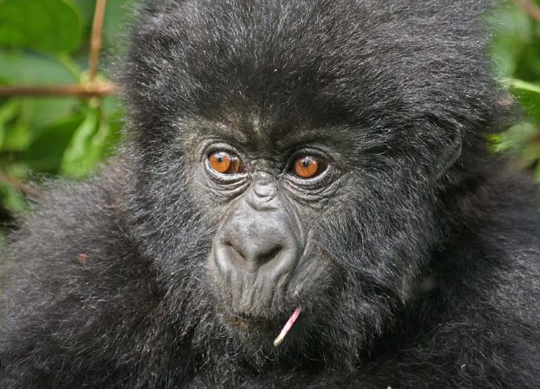How Do Gorillas Express Playfulness?
Gorillas, our closest relatives in the animal kingdom, possess a playful charm that captivates both researchers and casual observers alike. Understanding how gorillas express their playful behavior not only provides insight into their social dynamics but also helps conservationists and animal enthusiasts promote the well-being of these magnificent creatures. In this article, we will delve into the fascinating world of gorilla playfulness and what it reveals about their lives.
Physical Play: The Joy of Movement
One of the most striking ways gorillas express playfulness is through physical interaction. Young gorillas often engage in rough-and-tumble play, which may include chasing, tumbling, and wrestling with their peers. This play behavior is essential for their development and helps establish social bonds among individuals within a troop. Adult gorillas also partake in playful activities, demonstrating their gentle nature. Whether it’s swinging from branches, rolling on the ground, or engaging in mock battles, these physical displays are not only fun but also crucial for their physical health and social interactions.
Vocalizations and Body Language: The Language of Fun
Gorillas are expressive creatures, utilizing vocalizations and body language to convey their feelings of playfulness. Playful growls, hoots, and even soft grunts are often heard during playful interactions. These sounds serve to signal enjoyment and invite others to join in the fun. Alongside vocalizations, their body language speaks volumes; playful gorillas may display exaggerated movements, such as bowing or playfully slapping the ground, to indicate a desire to engage. This mix of vocal and physical cues creates a rich tapestry of communication that fosters deeper connections within the troop.
Social Interactions: Building Relationships
Playfulness among gorillas is not just about having fun; it plays a vital role in building and maintaining social relationships. Through play, young gorillas learn important social skills, such as cooperation, conflict resolution, and empathy. These interactions also allow them to establish hierarchies within their group in a non-aggressive manner. Adult gorillas frequently partake in playful behavior as well, using it to reinforce social bonds, especially between mothers and their offspring. This shared joy helps create a cohesive troop, reinforcing connections that are crucial for their survival and well-being.
In short, gorillas’ playful behavior opens a window into their social lives and emotional depths. Observing how they express “play” through chasing, wrestling, imitation, and physical interaction not only deepens our appreciation for these amazing animals but also further highlights the importance of their conservation. Many artists who love nature and wildlife have also drawn inspiration from this to create impressive works of art, such as gorilla statues and gorilla paintings, continuing the vitality and symbolism of gorillas in the art world.
If you are interested in gorillas and want to learn more about their lifestyle, consider visiting your local zoo or wildlife sanctuary to observe their behavior in a real-world environment. You can also support gorilla conservation projects online and contribute to conservation efforts. The deeper our understanding of these creatures, the stronger the emotional connection between people and gorillas, and the more we are inspired to work together to protect them.

